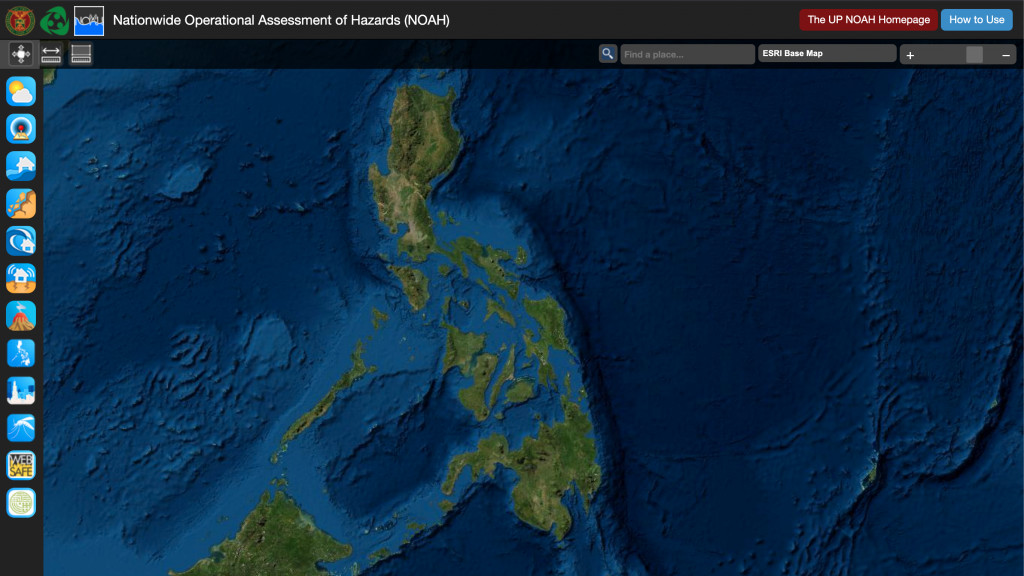For those scouting for their future homes, the recent typhoons are eye-openers.
In some areas in Luzon, particularly those in low-lying areas, homes are still submerged in floodwater. And as the typhoon moved away from the country, affected residents begun seeing damaged properties, mud-covered walls, cars floating around, and neighbors seeking help from the roof of their one-story homes.
The harrowing experience reminded us that preparedness could save us from the wrath of nature. It also took us to the very beginning of property hunting: researching on location.
Aside from typical considerations such as proximity to workplaces, commercial centers, and health facilities, house hunters should look closely if their desired location is susceptible to floods, earthquakes, and natural disasters, too.
Considering that the Philippines is a hotbed of disasters, life and safety go above and beyond any kind of convenience promised by property developers.
A great place to start your research is through the website Project NOAH (Nationwide Operational Assessment of Hazards). You may safely access this website in your current home while in-person property viewing could still increase one’s risk of contracting COVID-19.
The Project NOAH website features flood and earthquake hazard maps and landslide-related information. It also carries storm surge historical data, in case you’re planning on investing in seaside vacation homes or living in areas adjacent to seas or oceans.

If you’re worried about your future home’s safety when earthquakes occur, historical data about this are also available to guide you through the decision-making process.
Aside from consulting city or municipal zoning offices, contact the property management officers about the histories of natural calamity in the area. It’s also the best time to ask about how the building, lot, and houses are engineered against future calamities.
Nothing beats the firsthand experience. Before signing and committing to anything, it’s best to get a feel of the pulse of the current residents in the area, especially those who have been living there for years now.
Ask if they were flooded when the last typhoon hit the area and how long it took before the water subsided. Know what happened to the place when previous destructive natural calamities occurred. It’s also worth knowing if the local government and property developers reached out to them during difficult times.
This isn’t only a great way of knowing your neighbors, it’s an opportunity to truly find out if the property is worthy of your hard-earned money and is a safe space to start your future.
